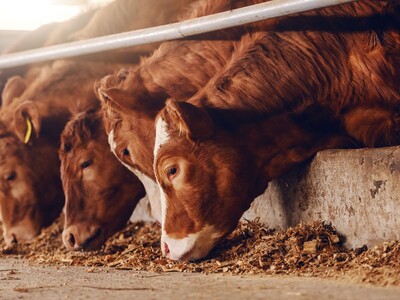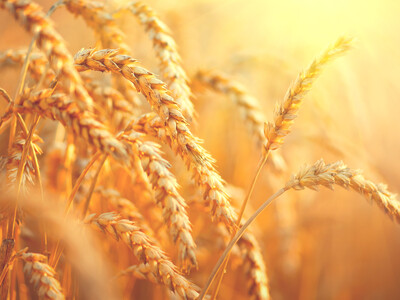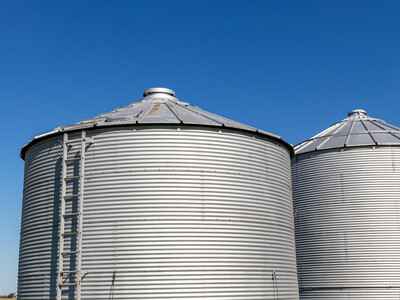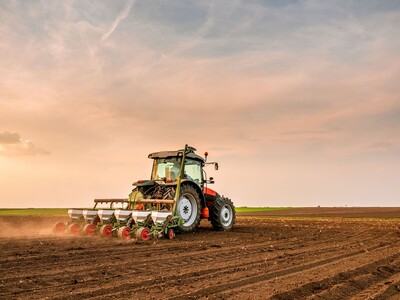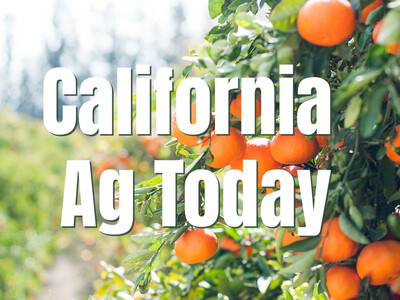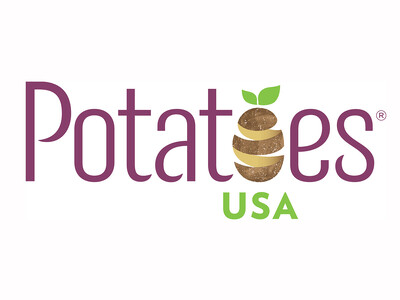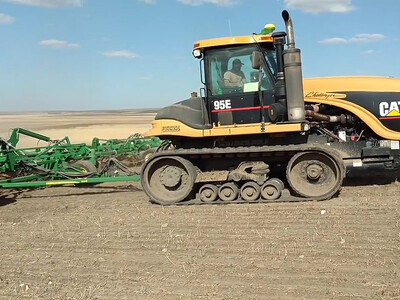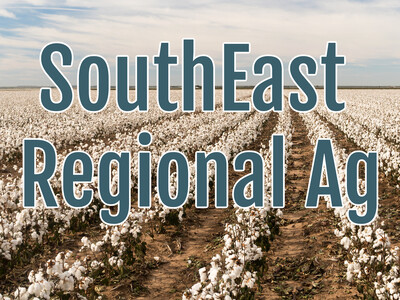Windbreaks
You’re undoubtedly familiar with the grove of trees known as windbreaks found in many cases on farms. “And usually those purposes would be thought of as either a conservation purpose, such as reducing windspeed to reduce wind erosion of soil or for a production point of view, such as improving crop yield or reducing crop damage, as a result of wind and the soil particles that wind below about.Richard Straight the National Agroforestry Center says producers also plant and maintain windbreaks for aesthetic reasons. Now, a partnership between federal, state and landgrab forestry sectors is using innovative tech to inventory windbreaks.
Windbreak, sometimes called shelter belts, are typically linear plantings of trees and or shrubs, possibly even some grass alongside them that are planted for a specific purpose. And if you think about a young emerging seedlings in the soil particles being blasted against that wind that can damage that young feeding and possibly even kill it. We think about windbreaks as both having conservation and production benefits improving or reducing windblown soil air quality. The deposition of windblown soil and road ditches into streams and into people's yards and places they lived. Reduced windspeed actually reduce the stress on crops, which can help improve crop health. Crop yields reduce wind speed. It can improve the pollination efficiency of native and honeybees. They spend more time out pollinating plants and crops and they're more efficient at doing so. Some people just like having some diversity on the landscape of adding some color in the spring or in the fall, or enhancing habitat for various wildlife species that they might see more wildlife on their farm, helping to restore snow and keep snow off of access lanes and roads in the winter.





